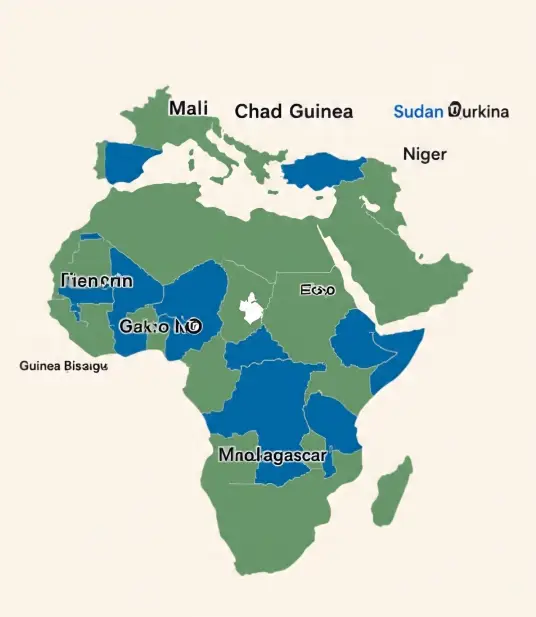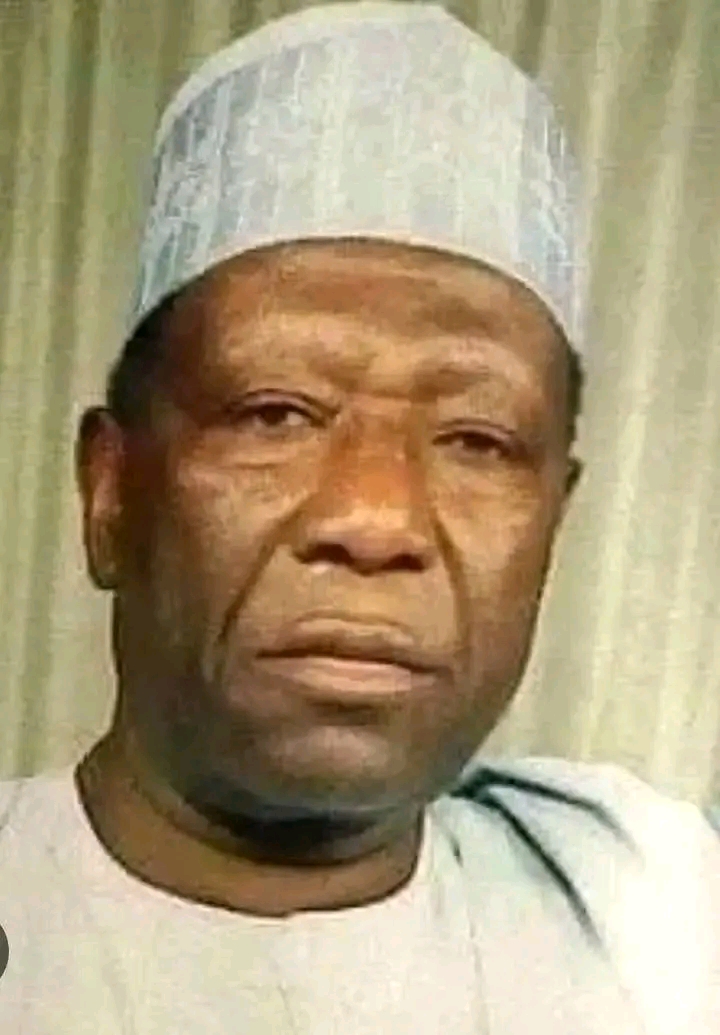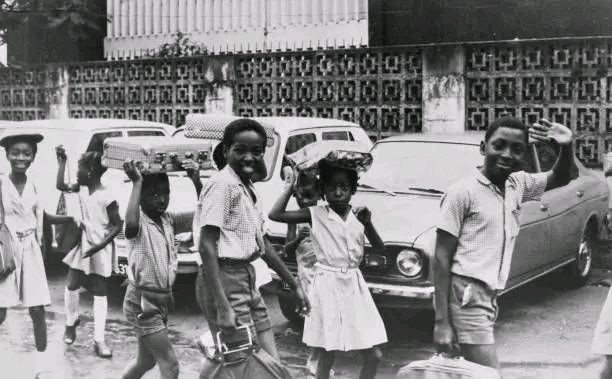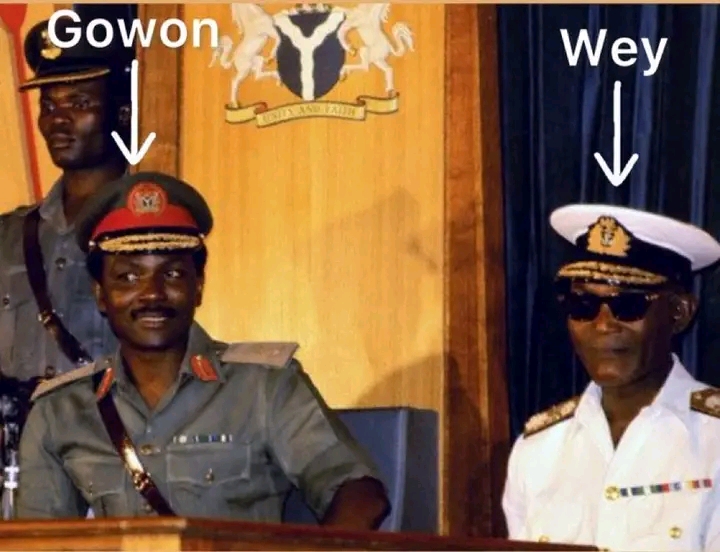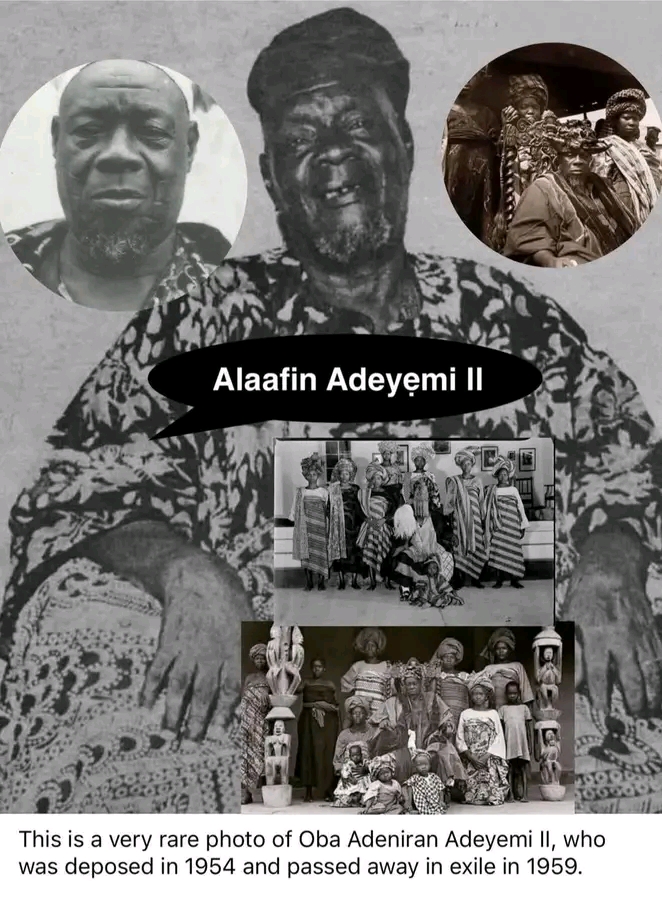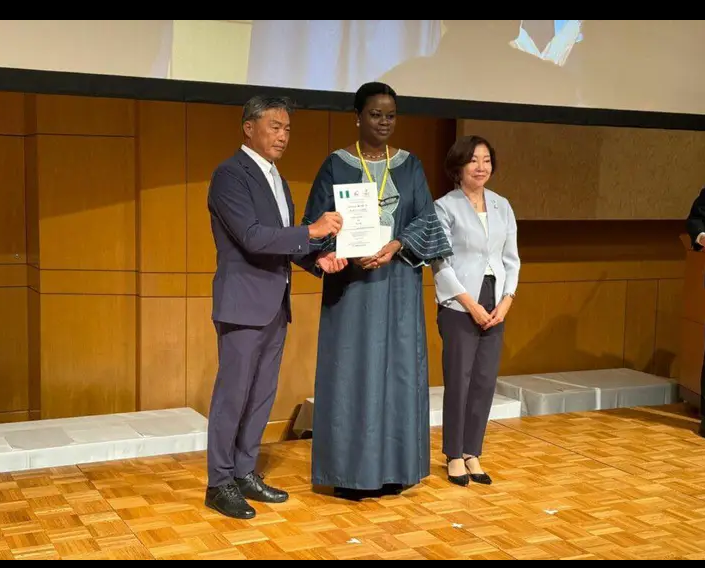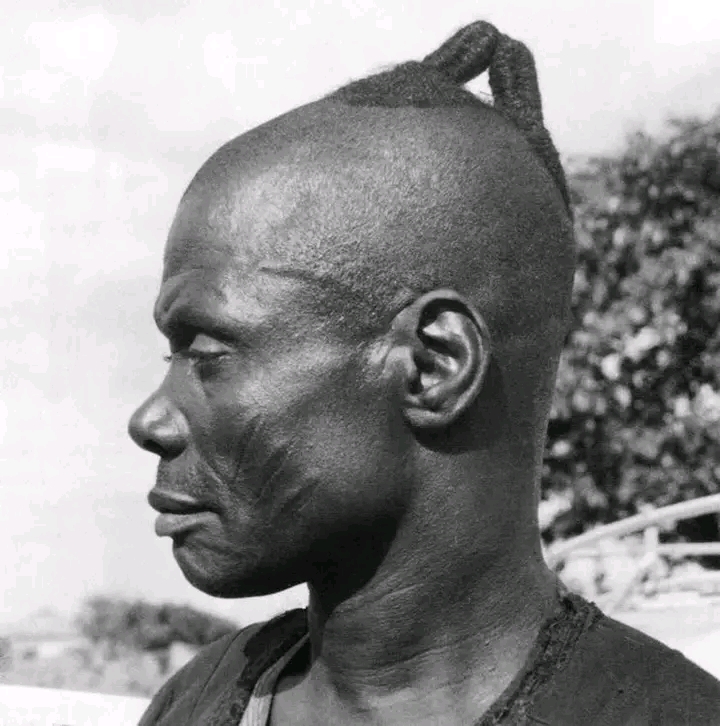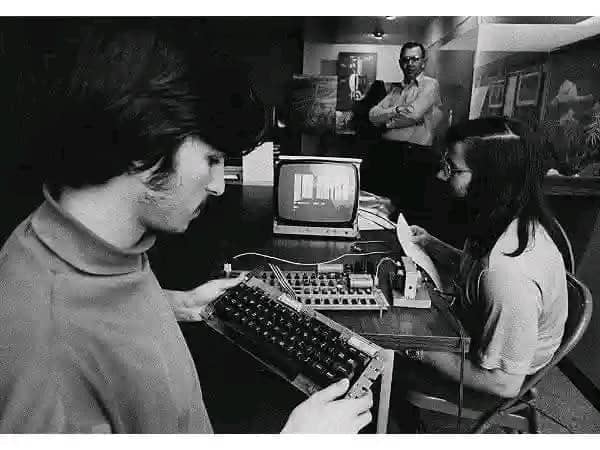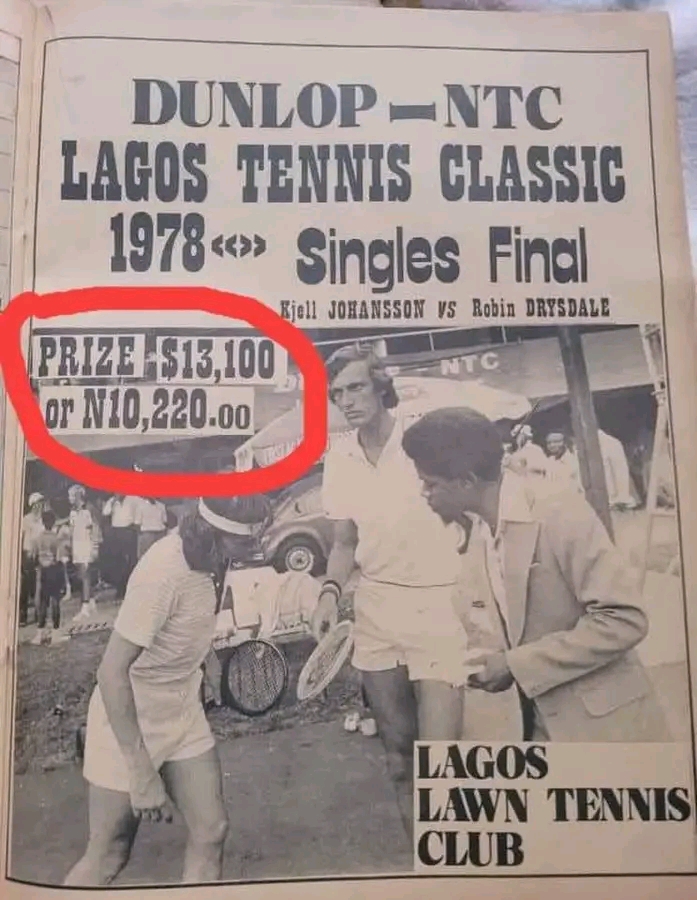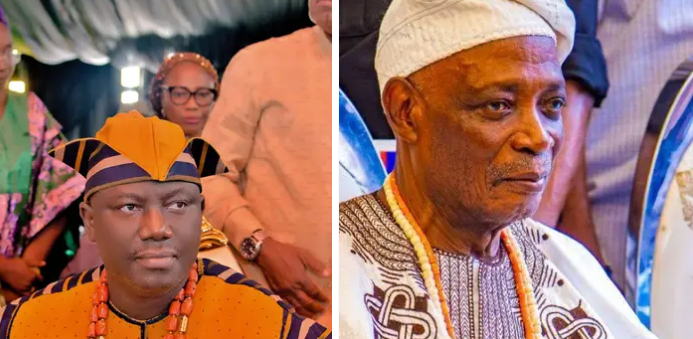
I think, it is high time academics start publicly correcting some misconceptions about Ibadan and Oyo.
Ibadan is Oyo, Oyo is Ibadan. Ibadan was an Oyo speaking Yoruba republican city state.
Firstly, there was a war called Gbanamu war where Kurunmi came with his army to assist the Oyo bloc then to defeat the Ife warlord and prince, Maye when there was a disagreement about who will control Ibadan. It was after that war that the republican system was set up in Ibadan.
Baale Oluyedun the Baale that took over from Maye was a direct son of Afonja from Ilorin. Infact many aristocrats like Oluyedun, Oderinlo etc were from Ilorin and they were military commanders under Afonja.
So, the third Olubadan of Ibadan was the son of Afonja from Ilorin.
Furthermore, Basorun Oluyole and Basorun Ogunmola were Basorun(s) (Prime minister) under the Alaafin. It was Alaafin that appointed them as Prime ministers. Infact Aare Mohammed Sanusi Latoosisa was appointed by Alaafin.
Kurunmi, Ogunmola, Alli Iwo, Oderinlo, Elepo and other top Baloguns of Ibadan were all Oyo. The setting up of that Republican system in Ibadan made more Oyo refugees from the Kwara/Niger state axis to pour into Ibadan for safety because the military generals and Commanders of the Oyo empire had reorganized themselves there.
Ibadan did not save Oyo, Ibadan saved itself from destruction because they are Oyos or “Oyonized” people.
In Ibadan we have Ebiras, Nupes, Hausas, Baribas and other Yoruba groups like Ijebu, Ijesha, Egba, Ekiti etc who became Oyonized after settling there.
The same phenomenon was seen in Ikere Ekiti where the Oyo migrants became “Ekitinized”. The same issue happened in Egba, where Owu and Ijaiye (Oyo) people became “Egbanized”.
The ethnic components of Oyo, Ibadan, Ilorin, Ogbomoso, Shao, Jebba, Abeokuta, Ede, Osogbo, Iseyin, Saki, Yewa, Port Novo (Ajashe), Gbongan, Ikirun, Ganmo, Offa etc are the same but the percentages might be different.
Oranmiyan created Oyo as a people and dialect through war and force. That is why the god of war of Ibadan was also “Oranmiyan” or “Oranyan”. It was brute force or nothing! Bow or die!
That’s the Oyo militaristic way of life. All the successor states who seceded from Oyo empire like Ibadan, Egba, Ijaiye, Ilorin, Dahomey, Ogbomoso, Modakeke, Shao, Ganmo, Offa, Ajashe (Port Novo) etc are all militant and aggressive when it comes to Geopolitics.
Those bloc were built on war and the spirit of oranmiyan due to interaction with the Oyo empire.
Oyo was a creation of war and social engineering. It is not organic, it is a product of WAR!
Ibadan are Oyo speaking people.
Ire oooooo
Credit -: Aare Kurunmi Kakanfo
